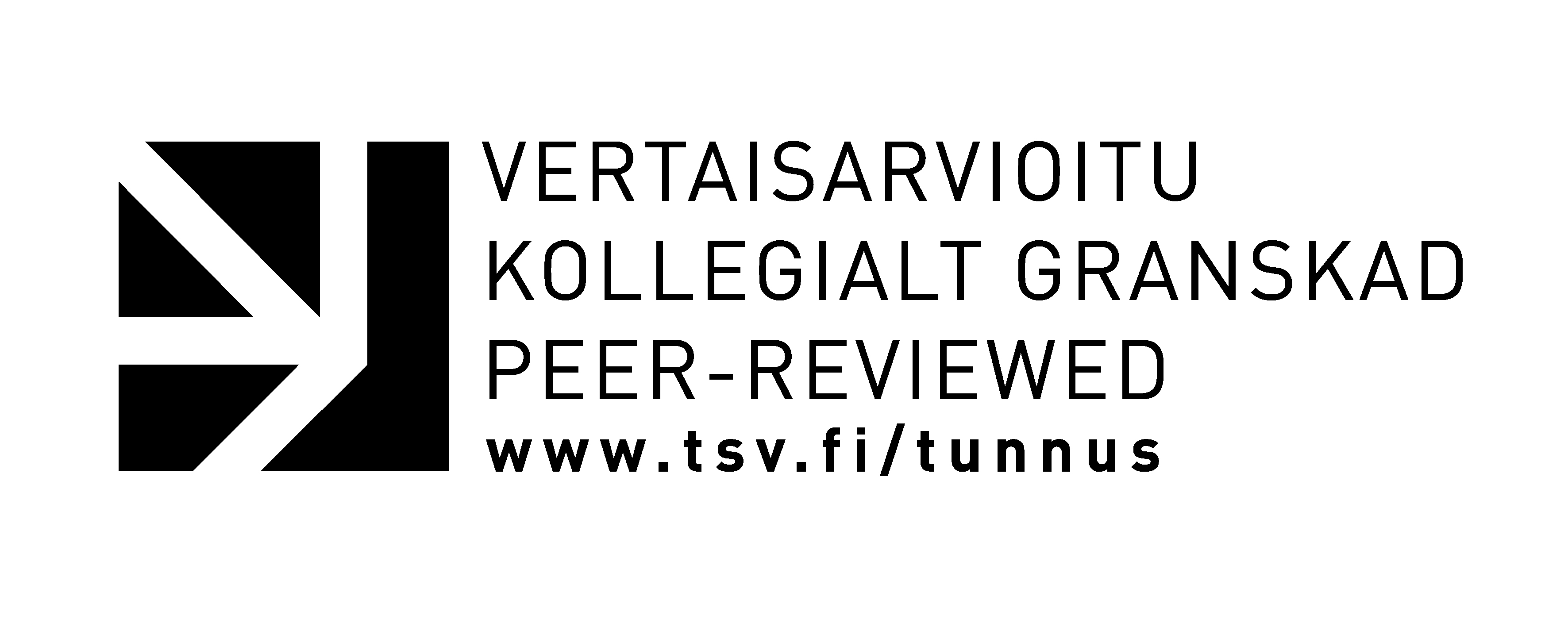Rethinking Arctic tourism: tourists’ practices and perceptions of the Arctic in Rovaniemi
Abstract
The Arctic is facing rapid and significant social, cultural, economic and environmental changes. In recent years, due to ongoing and forecasted climate change impacts, policy-makers’ and the research community’s interest in the region has increased dramatically within and outside of Arctic countries. This is reflected in increasing public visibility and in the amount of attention the Arctic region has gained in the media. In parallel, tourism in the Arctic has undergone considerable growth and the Arctic is emerging as a popular destination, although tourism in the Arctic has existed for over two centuries. Nevertheless, Arctic tourism is a concept that has been substantially used in academic literature, policy documents, and tourism promotion materials, although there is no current consensus on its definition. The term, often taken for granted, generally refers to tourism in and about the Arctic, wherein the Arctic is characterized by static and external views, overlooking its rich diversity in terms of cultures, landscapes, climates and environments. In this study, my interest is in the (re)conceptualization of Arctic tourism, based on studies about tourist experiences at the Arctic Circle in Rovaniemi, the capital of Finnish Lapland.
This thesis contributes to literature on tourist experiences in the Arctic, a topic that has not received a lot of attention in the past, but one that has significant relevance in terms of tourists’ decision-making in response to Arctic communities’ efforts to attract visitors and stimulate regional tourism development. By addressing tourist experiences and border literature, this study also contributes to conceptual discussions on Arctic tourism. This dissertation focuses on the Arctic Circle both as a tourist attraction and as a border for the Arctic region. It aims to shed light on tourists’ practices and experiences of the Arctic in Rovaniemi and to understand ‘how Arctic’ this important destination is. The chosen case study did not consist of a simple location, but of a specific ritual performed and reproduced by tourists: the crossing of the Arctic Circle. In the tourism industry, Arctic Circle landmarks are commonly represented as gateways to the Arctic, and crossing the line signifies entering the region. As such, this particular performance crystallizes tourists’ representations of the Arctic. This study aims to investigate these crystalized representations and is based on empirical materials consisting of qualitative data gathered from multiple ethnographies and secondary materials comprising academic literature, policy documents and promotional tourism materials. Traditional on-site ethnography was conducted through methods inspired by participant observation at different Arctic Circle landmarks located in Rovaniemi. Netnography was aimed at investigating post-trip experiences of crossing the Arctic Circle as reported on Instagram, and autoethnography was used for the purpose of self-reflection related to my Arctic experiences as a tourist. Qualitative data were analyzed from an interpretative approach, and especially using hermeneutics, in order to understand the meanings behind Instagram posts and specific postures when crossing the Arctic Circle.
The results indicate that in Rovaniemi, from the tourist perspective, the Arctic is experienced as a nebulous region with no proper boundaries. Tourists do not perceive the Arctic Circle as an absolute border for the Arctic, despite heavy promotion and the performance of border-crossing postures. Rather, the magical line is considered as one of the many items encompassed by the vague representation of what the Arctic is. Other elements like the presence of snow, reindeer and northern lights are also all part of what a full Arctic experience is supposed to be. This suggests that, from the tourist perspective, proper Arctic experiences should be winter-based, which is the foundation for the ‘cryospheric gaze’ developed in this thesis as the definition for current Arctic tourism. The cryospheric gaze, grounded in Urry’s tourist gaze, is also supported by how the Santa Claus tourism industry, highly present in Rovaniemi, extracts and exploits winter-based elements of the Arctic for its own promotion and development. In order to acknowledge the diversity of the Arctic, I argue for a fluidity in space and time of the tourism segment called Arctic tourism. Toward the end of the thesis, the future of Arctic tourism is discussed in relation to climate change and the development of ‘post-Arctic regions’. It explores challenges in terms of equal access to snow, of stereotypical images of the Arctic becoming burdensome for local communities and how current forms of Arctic tourism can still be offered to tourists in ‘cryosphericless’ regions that have built themselves into Arctic tourism destinations.







